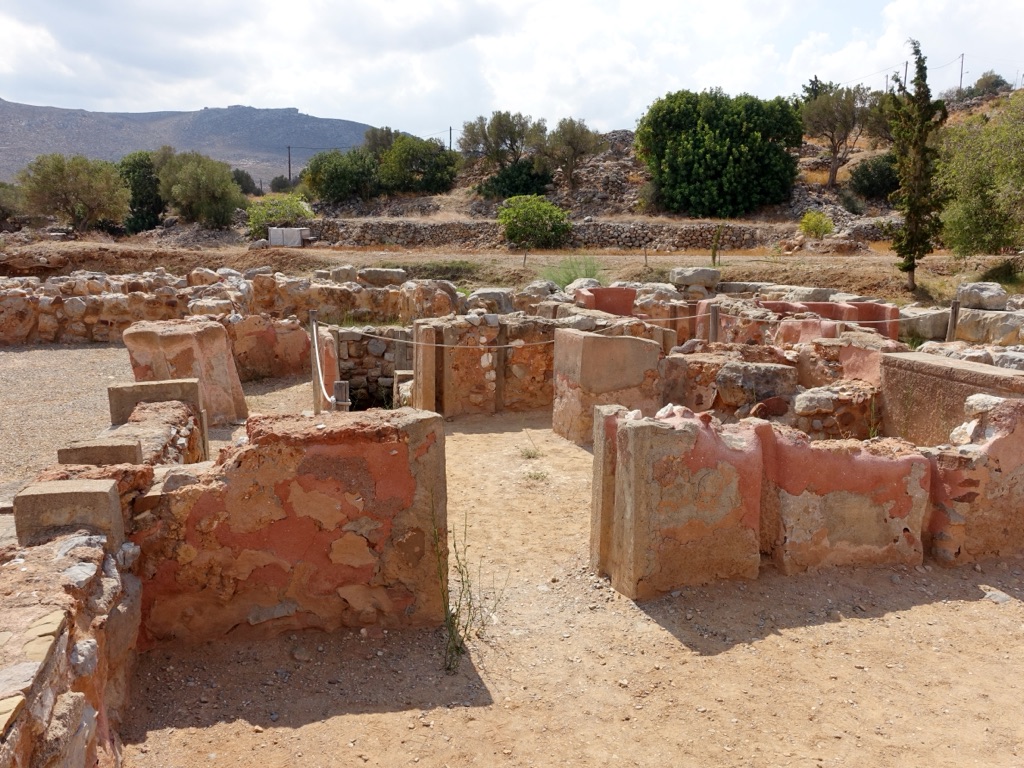The Palace of Zakros is a significant Minoan archaeological site on the eastern coast of Crete, Greece. It’s the fourth largest of the Minoan palaces and is considered a primary center of Minoan civilization. This palace complex is unique due to its location and the fact that it was found with many of its contents intact, providing valuable insights into Minoan culture. The Palace of Zakros was a hub for trade and religious activities, and its ruins suggest a sophisticated society with advanced architectural skills.
Get your dose of History via Email
Historical Background of the Palace of Zakros
The Palace of Zakros was discovered in 1961 by Greek archaeologist Nikolaos Platon. Excavations began shortly after and revealed a wealth of artifacts and structures. The palace dates back to around 1900 BC, with its final phase of construction around 1600 BC. It was built by the Minoans, a Bronze Age Aegean civilization. The palace was destroyed around 1450 BC, likely by a natural disaster, possibly an earthquake or a tsunami triggered by the volcanic eruption on the island of Thera.
After its destruction, the site was abandoned, leaving it untouched until its discovery in the 20th century. Unlike other Minoan palaces that were looted or rebuilt over, the Palace of Zakros was found with many artifacts in place. This has allowed historians to gain a clearer understanding of Minoan life. The palace’s strategic location suggests it played a key role in trade, particularly with the Middle East and Egypt.
The Minoans who built the Palace of Zakros were known for their vibrant culture, complex bureaucracy, and advanced architectural techniques. The palace itself is a testament to this, with its multi-story buildings, elaborate drainage systems, and sophisticated frescoes. The site also includes a town area, cemeteries, and various other structures that indicate a thriving community.
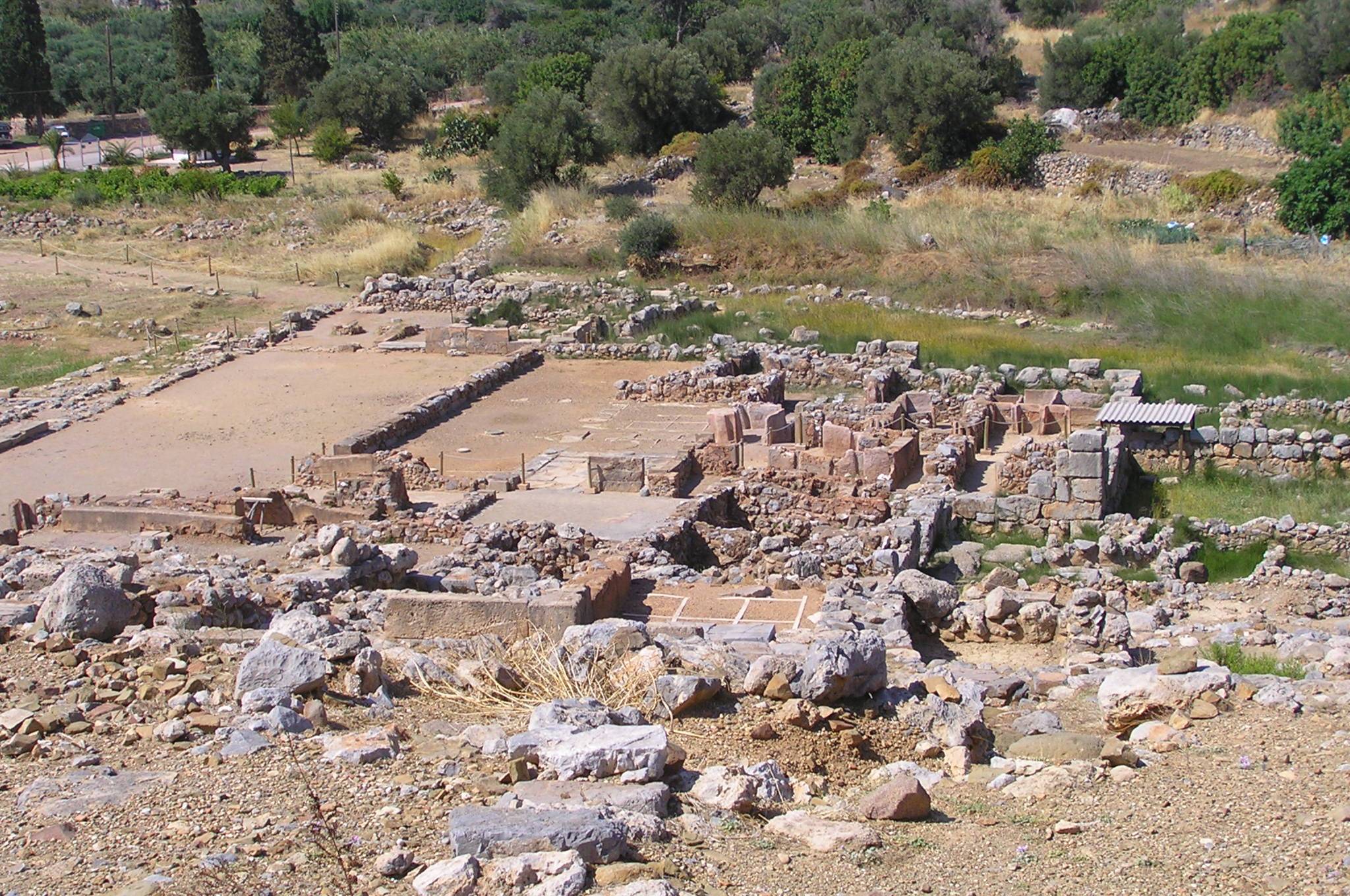
Throughout its history, the Palace of Zakros may have served multiple purposes, including as a political center, a place for religious worship, and a hub for artisans. The presence of extensive storage rooms and workshops within the complex supports the idea of a bustling economic center. The palace’s destruction marked the end of the Minoan civilization’s dominance on Crete.
Today, the Palace of Zakros is an important archaeological site that continues to offer insights into the Minoan civilization. The site is open to the public, allowing visitors to walk through the ruins and imagine life during the height of Minoan culture. Ongoing archaeological work aims to further uncover the secrets of this ancient palace and the people who once inhabited it.
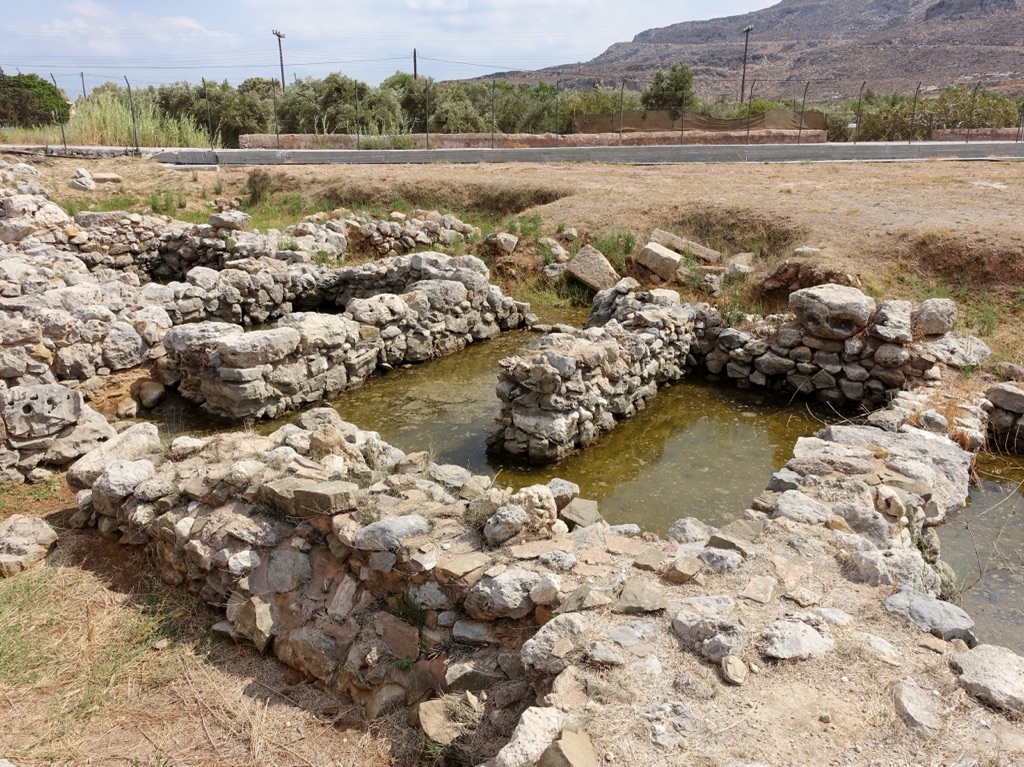
About the Palace of Zakros
The Palace of Zakros, nestled on the eastern edge of Crete, is a marvel of Minoan architecture. It spans approximately 8,000 square meters, with a central courtyard that served as the focal point of the complex. The palace’s design includes several wings, each dedicated to specific functions such as ceremonial, residential, administrative, and storage purposes.
Constructed with local sandstone and mud bricks, the palace’s walls were adorned with frescoes depicting natural scenes, religious rituals, and potentially, their deities. The complex featured advanced architectural elements like light wells, which provided natural lighting, and an intricate drainage system that highlights the Minoans’ understanding of engineering and urban planning.
The palace’s layout is labyrinthine, with a multitude of rooms, corridors, and staircases that create a complex network. This design is characteristic of Minoan palatial structures and is thought to reflect their societal structure and cultural practices. The presence of numerous storerooms suggests the palace’s role in the collection and distribution of goods, underlining its economic significance.
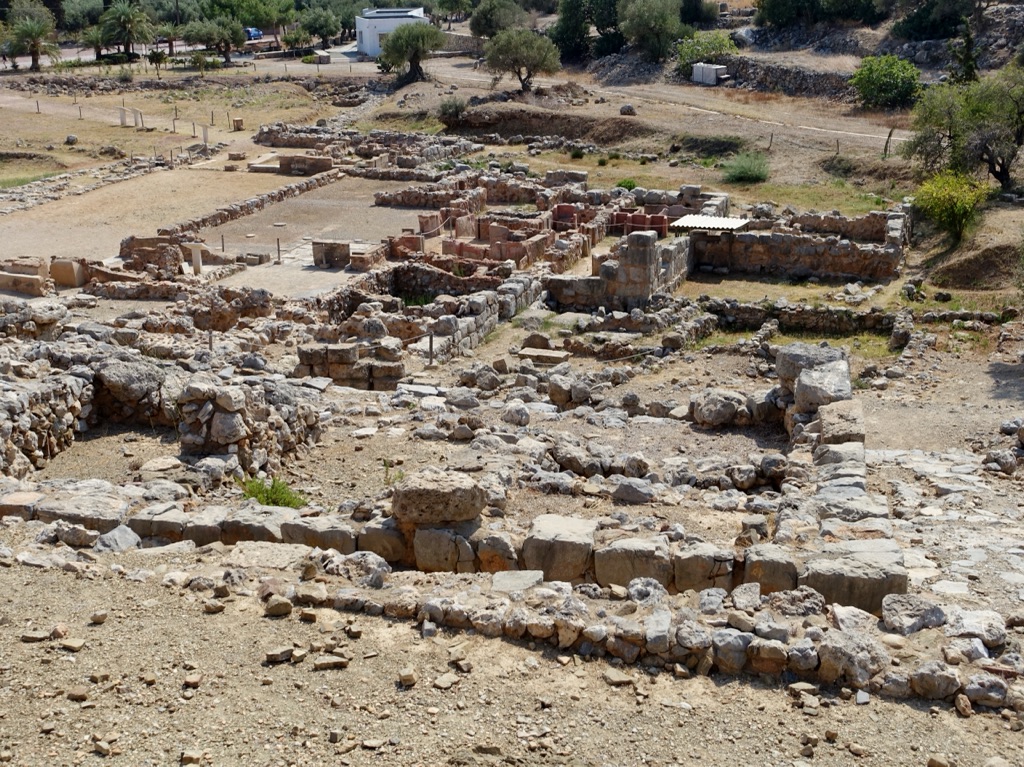
Archaeological findings at the site include pottery, stone vases, seals, and tablets inscribed with Linear A script, which remains undeciphered. These artifacts provide a glimpse into the daily life, trade practices, and administrative workings of the Minoan society. The discovery of fine tableware and luxurious objects indicates the wealth and status of the palace’s inhabitants.
The architectural highlights of the Palace of Zakros include a central court, which likely hosted public gatherings and religious ceremonies. The presence of workshops and evidence of craft activities, such as metalworking and pottery, point to a thriving artisan community. The palace’s strategic seaside location also facilitated maritime trade, which was central to the Minoan economy.
Theories and Interpretations
Several theories have emerged regarding the use and significance of the Palace of Zakros. Some scholars suggest it was a ceremonial center, as indicated by the central courtyard and religious artifacts found on-site. Others believe it functioned as an administrative hub, given the large number of seal impressions used for record-keeping and controlling goods.
The mystery of the Linear A script found in the palace adds to the intrigue. As it remains undeciphered, it limits our understanding of the Minoan language and, by extension, their culture and history. This script is one of the key sources for interpreting the social and political structure of Minoan society.
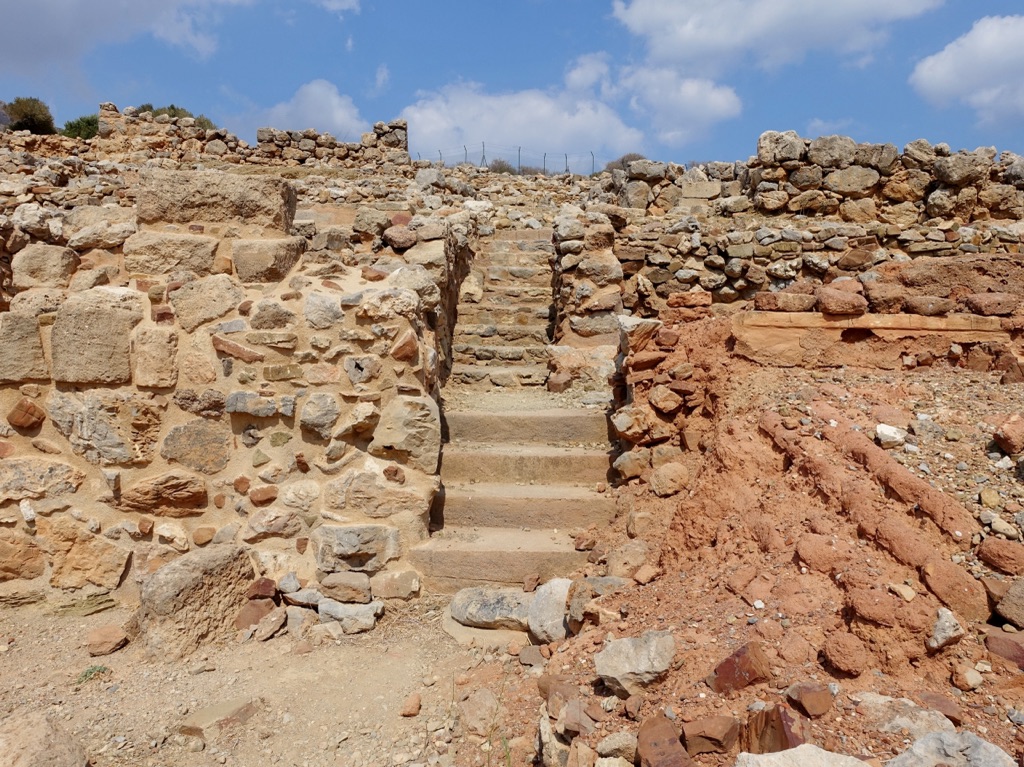
Theories about the palace’s destruction are also a subject of debate. While some attribute it to the Thera eruption, others propose that internal conflict or invasion may have played a role. The lack of human remains suggests that the inhabitants had time to evacuate, supporting the natural disaster theory.
Artifacts such as pottery and stone vessels have been matched to similar items found in Egypt and the Near East, indicating that the Palace of Zakros was part of a vast trade network. This has led to theories about the extent of Minoan influence and their interactions with other contemporary civilizations.
Dating of the site has been carried out using various methods, including pottery typology and radiocarbon dating. These techniques have helped establish the timeline of the palace’s construction, peak, and eventual destruction, providing a chronological framework for Minoan history.
At a glance
Country: Greece
Civilization: Minoan
Age: Approximately 3,900 years old (1900 BC to 1450 BC)
Conclusion and Sources
Reputable sources used in the creation of this article include:

